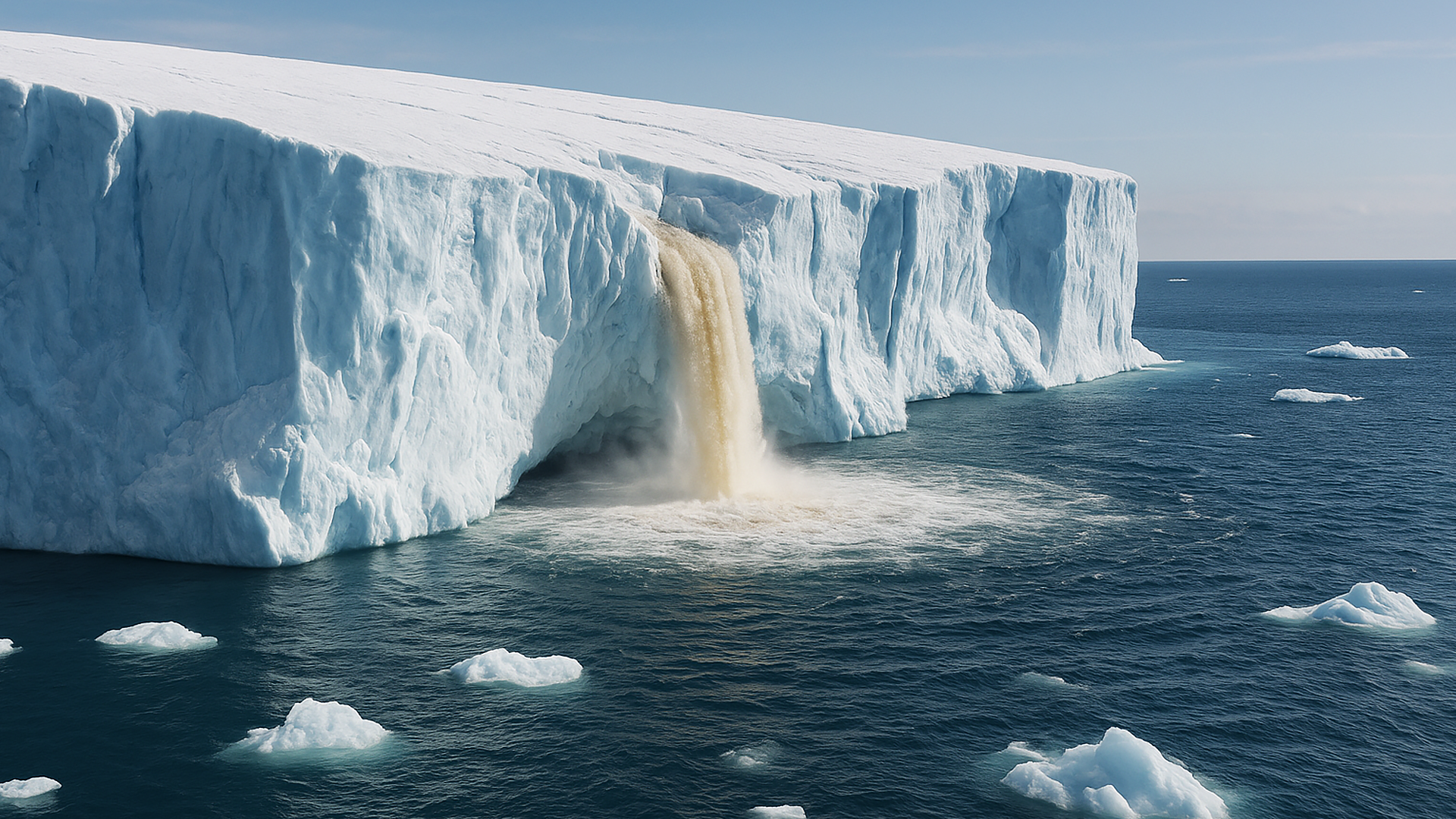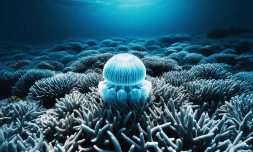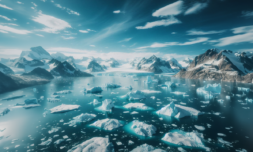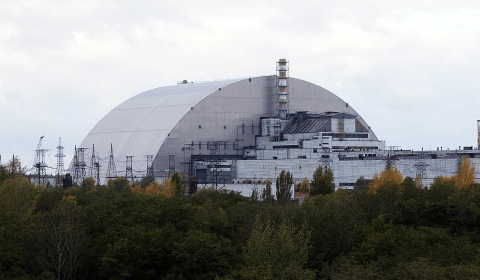Scientists recently uncovered a vast hidden groundwater system beneath Antarctica’s ice that could potentially change how we understand and predict rising sea levels.
For a long time, experts around the world hypothesised the possible existence of deep groundwater beneath the ice sheet.
However, there was no direct evidence or detailed mapping to confirm this. The Antarctic hydrological system was known to include shallow lakes, rivers, and waterlogged sediments beneath the ice, but the deeper sediments were largely unexplored.
Now, what was once a hypothesis has been officially confirmed with the discovery of a large body of groundwater beneath the thick Antarctic ice.
The Antarctic expedition
Twenty-six scientists from New Zealand’s Antarctic Science Platform travelled to the Ross Ice Shelf in West Antarctica, the continent’s largest shelf stretching over 600 kilometres. Their focus was on the Kamb Ice Stream, one of the few major ice streams flowing into the Ross Ice Shelf from the west of the continent. What makes the ice stream intriguing is that while there used to be a quick flow of ice, it suddenly slowed down and stopped about 190 years ago.
Through their time on the shelf, the scientists aimed to directly observe and better understand subglacial water discharge from beneath the Kamb Ice Stream. Specifically, they wanted to understand the behaviour of the water as it crosses the grounding zone, which is the transition between the grounded ice sheet and the floating ice shelf.
Using a technique used to melt through ice using high-pressure hot water, they drilled a 500-metre borehole wide enough for instruments, allowing direct observation of conditions beneath the ice. Remarkably, they discovered lobster-like creatures 400 km from the ocean, marking the first successful attempt to observe a subglacial watercourse connecting to the ocean cavity beneath an ice shelf.
The scientists observed that the subglacial flow was relatively calm, rather than resembling a rapidly flowing body of water. Moreover, most of the water was sourced from the sea, with only a small volume being from fresh water. They also found that instead of a continuous flow, the water course fluctuated.
Expedition leader Huw Horgan explained that the team believes the water likely originates from subglacial lakes upstream, which go through natural filling and draining cycles. During the draining, a flood of water is rushed to the sea, explaining the water flow they found. Additionally, sediment samples from beneath the ice stream indicate that major floods happen roughly every 10 years. Although smaller flood events may also occur, it cannot yet be confirmed with current methods.
Nevertheless, the findings of the expedition set a new path in understanding how the melting of Antarctic ice sheets contributes to the rising sea levels.




















